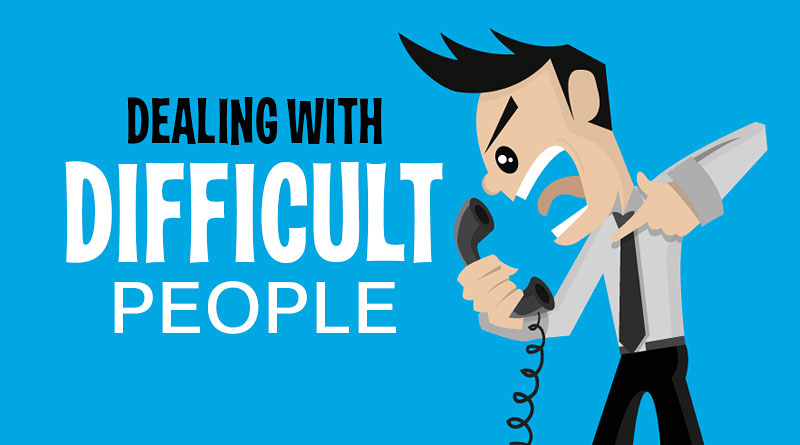5 Action Ideas to Deal with Difficult People
Do you find it stressful dealing with difficult people? This article provides five simple steps that will show you how to deal with difficult customers, colleagues, or your boss!
When was the last time you had to deal with a difficult customer? It was probably and external customer but perhaps it was an internal customer, such as a member of your team, a colleague or even – your boss!
I’m sure that you always want to provide exceptional service to both your internal and external customers. However, in the real world, things go wrong and mistakes are made. These “customers” will often judge your level of service based on how you respond to a mistake. Do it well and they’ll probably forgive you and possibly even say positive things about your business or your abilities to other people.
Strong feelings
The important thing to realise when dealing with an upset customer, be they internal or external, is that you must -deal with their feelings, then deal with their problem. Upset customers are liable to have strong feelings when you, your product or service lets them down and they’ll probably want to “dump” these feeling on you.
You don’t deal with their feelings by concentrating on solving the problem, it takes more. Here are 5 action ideas that deal with the customers’ human needs:
1 – Don’t let them get to you – Stay out of it emotionally and concentrate on listening non-defensively and actively. Customers may make disparaging and emotional remarks – don’t rise to the bait.
2 – Listen – listen – listen – Look and sound like your listening. The customer wants to know that you care and that you’re interested in their problem.
3 – Stop saying sorry – Sorry is an overused word, everyone says it when something goes wrong and it’s lost its value. How often have you heard – “Sorry ’bout that, give me the details and I’ll sort this out for you”. Far better to say “I apologise for ……” And if you really need to use the sorry word, make sure to include it as part of a full sentence. “I’m sorry you haven’t received that information as promised Mr Smith”. (It’s also good practise to use the customers name in a difficult situation).
4 – Empathise – Using empathy is an effective way to deal with the customers feelings. Empathy isn’t about agreement, only acceptance of what the customer is saying and feeling. Basically the message is – “I understand how you feel”. Obviously this has to be a genuine response, the customer will realise if you’re insincere and they’ll feel patronised. Examples of empathy responses would be – “I can understand that you’re angry”, or “I see what you mean”. Again, these responses need to be genuine.
5 – Build rapport – Sometimes it’s useful to add another phrase to the empathy response, including yourself in the picture. – “I can understand how you feel, I don’t like it either when I’m kept waiting”. This has the effect of getting on the customer’s side and builds rapport. Some customer service people get concerned with this response as they believe it’ll lead to – “Why don’t you do something about it then”. The majority of people won’t respond this way if they realise that you’re a reasonable and caring person. If they do, then continue empathising and tell the customer what you’ll do about the situation. “I’ll report this to my manager” or “I’ll do my best to ensure it doesn’t happen in the future”.
Make no mistake about it; customers, be they internal or external, are primarily driven by their emotions. It’s therefore important to use human responses in any interaction particularly when a customer is upset or angry. If customers like you and feel that you care, then they’re more likely to accept what you say and forgive your mistakes.




